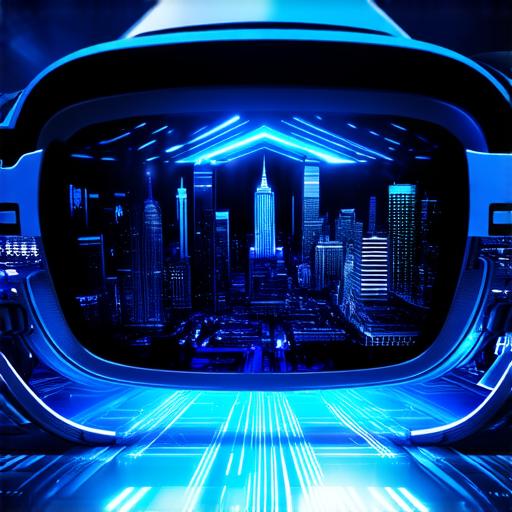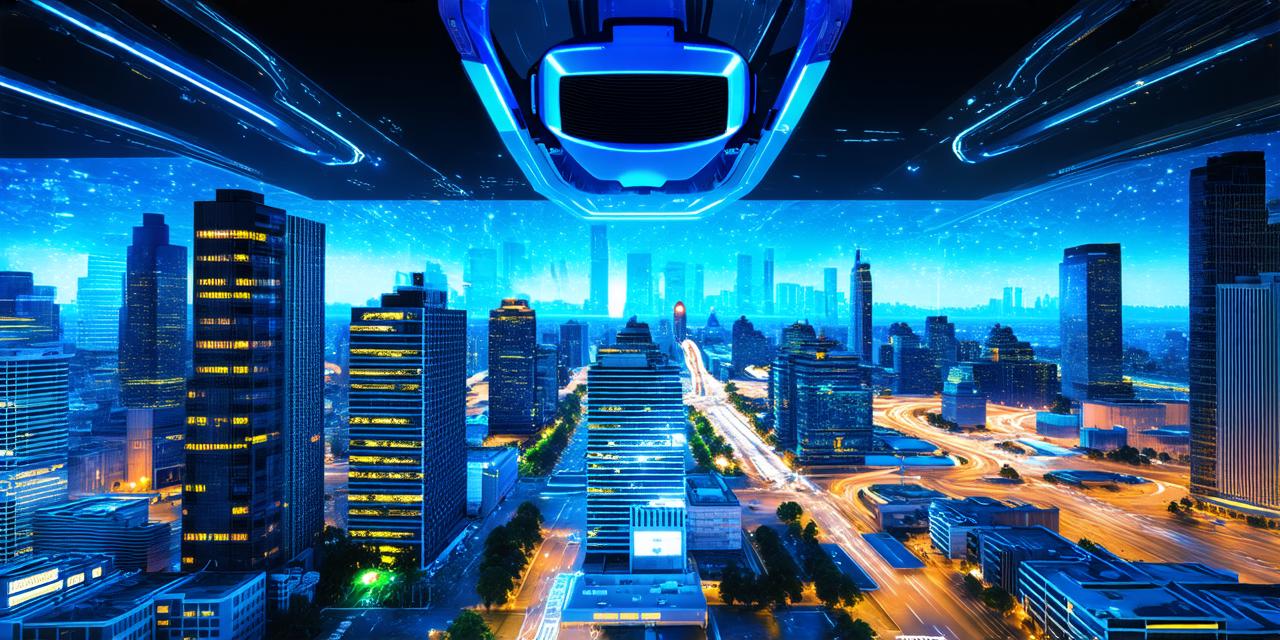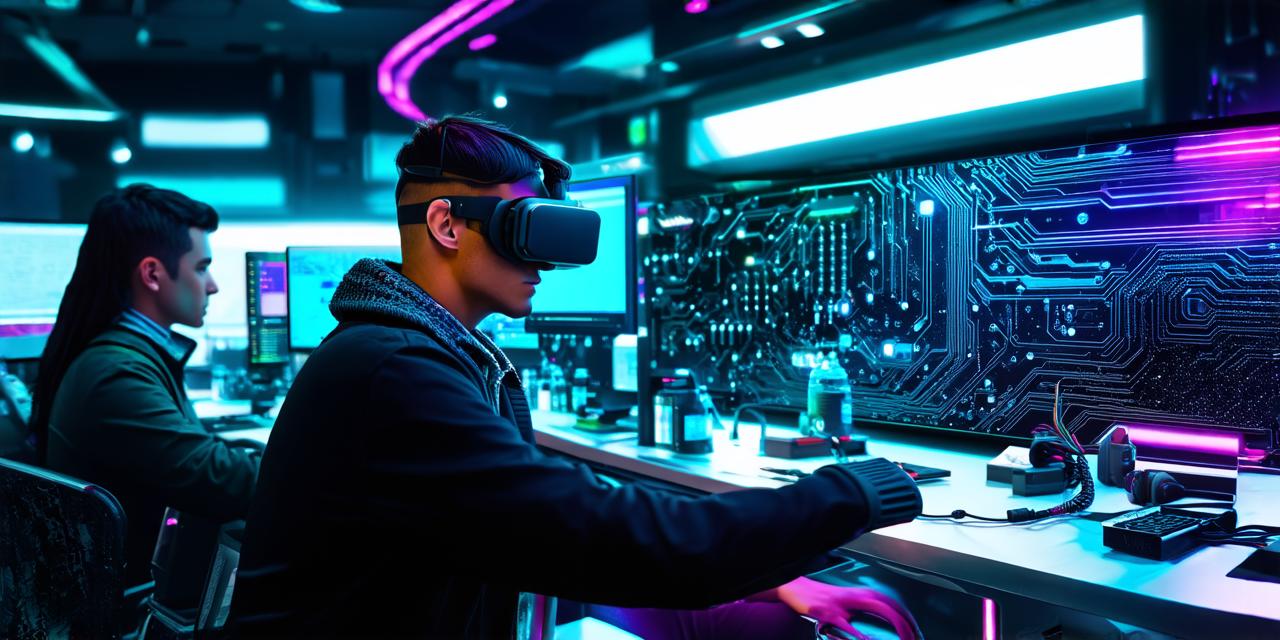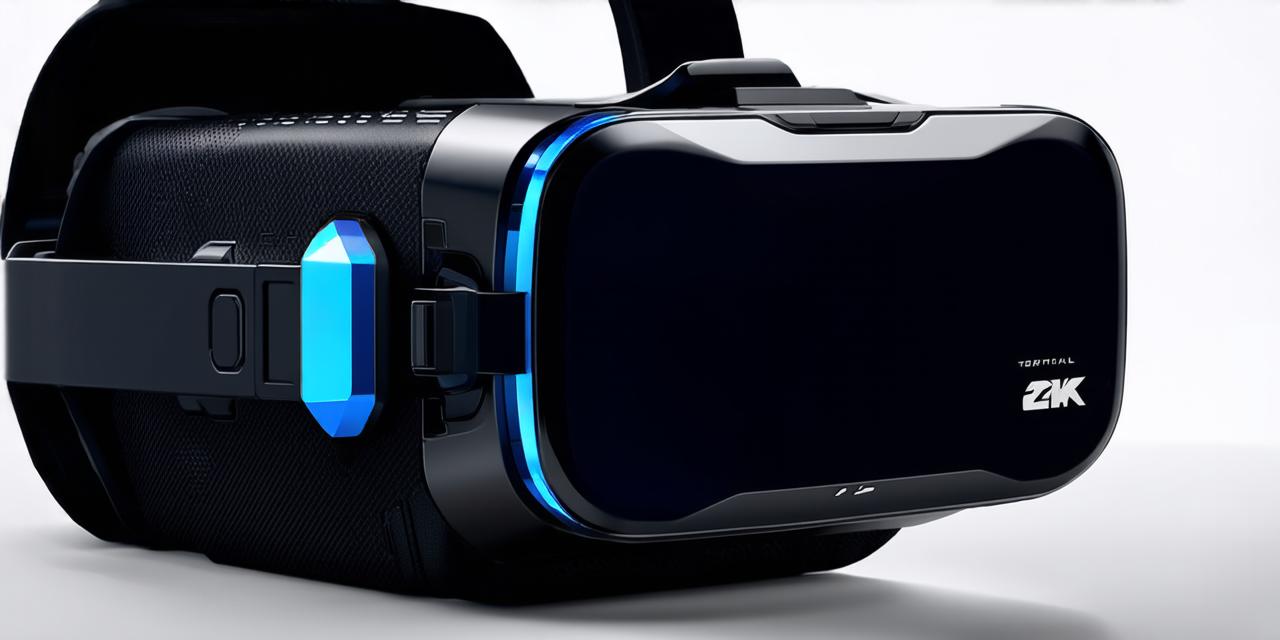Virtual reality (VR) is a rapidly growing technology that simulates a 3D environment using specialized devices such as headsets, gloves, or full-body suits. The use of VR has expanded beyond gaming to various industries and sectors.
Virtual Training and Education
One of the most popular uses of virtual reality is in training and education. It allows individuals to practice skills in a simulated environment without risking their safety or harming others. For example, medical students can practice surgeries, while pilots can practice flying in virtual scenarios. Similarly, employees in industries such as construction, manufacturing, and logistics can train for hazardous situations without putting themselves or others at risk.
Virtual Design and Engineering
Another use of virtual reality is in design and engineering. It allows architects, engineers, and designers to visualize their projects in a 3D environment, making it easier to make changes and adjustments. This also saves time and money as physical models are not needed. In addition, virtual prototyping enables engineers to test their designs before building them in the real world, reducing errors and saving time.
Virtual Entertainment
Virtual reality has revolutionized the entertainment industry. It provides an immersive experience that is hard to replicate in traditional media such as movies or video games. VR headsets allow users to enter a virtual world and interact with it, making for a more engaging experience. Additionally, virtual reality experiences can be customized to suit individual preferences, providing a unique and personalized experience.

Virtual Tourism
Virtual reality also has the potential to revolutionize the travel industry. With virtual tours, individuals can explore famous landmarks and tourist attractions from the comfort of their own homes without having to leave. This not only reduces costs but also allows individuals to visit places they may not have been able to before due to distance or health restrictions.
Virtual Shopping
Virtual reality has also found a place in the retail industry, providing customers with an immersive shopping experience. With virtual try-on features, customers can see how clothing and accessories look on them without having to physically put them on. This allows for more accurate sizing and reduces returns, benefiting both customers and retailers.
In conclusion, virtual reality has found various applications across industries, from education to entertainment. As technology continues to improve, we can expect the use of virtual reality to expand even further in the future.



